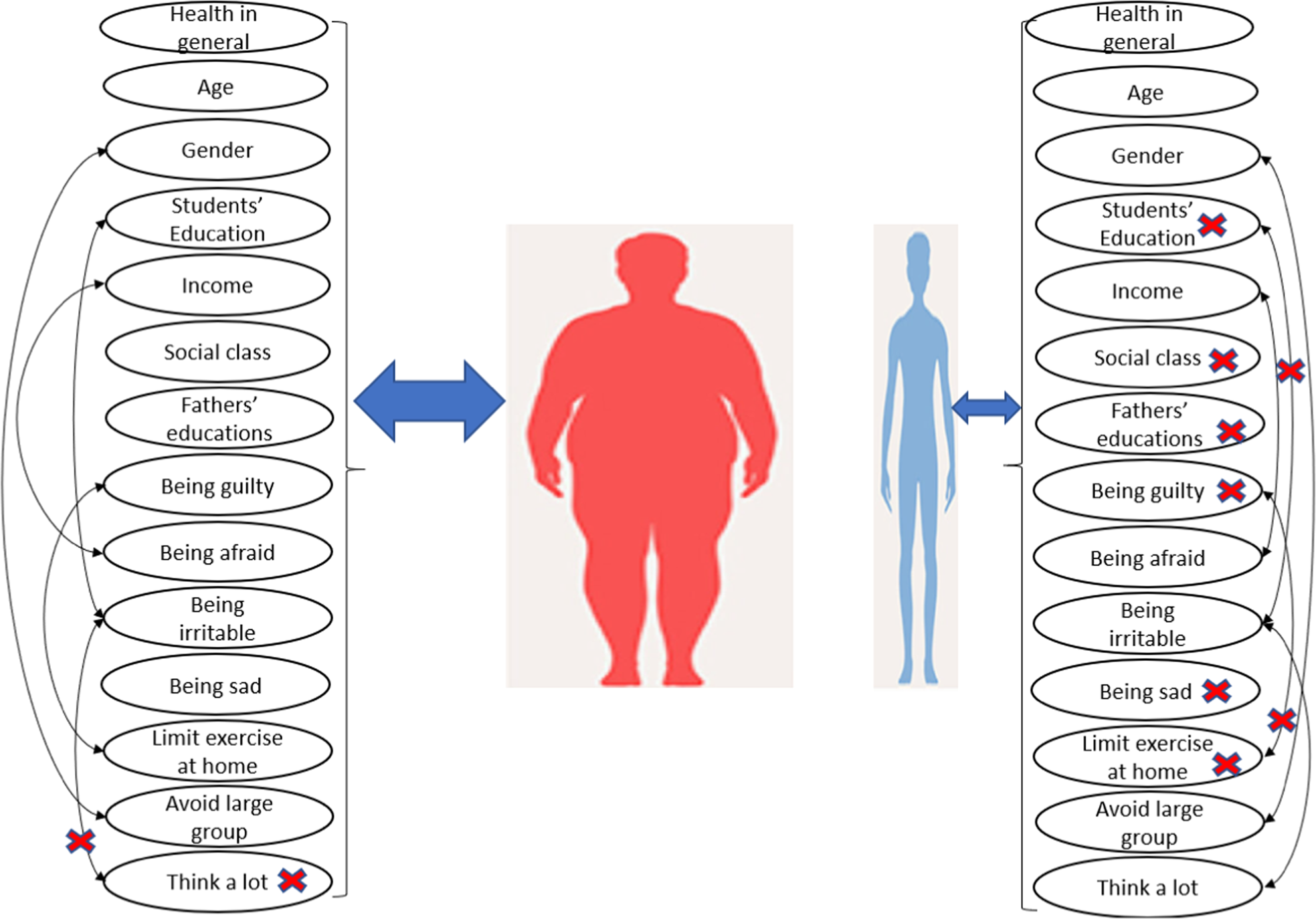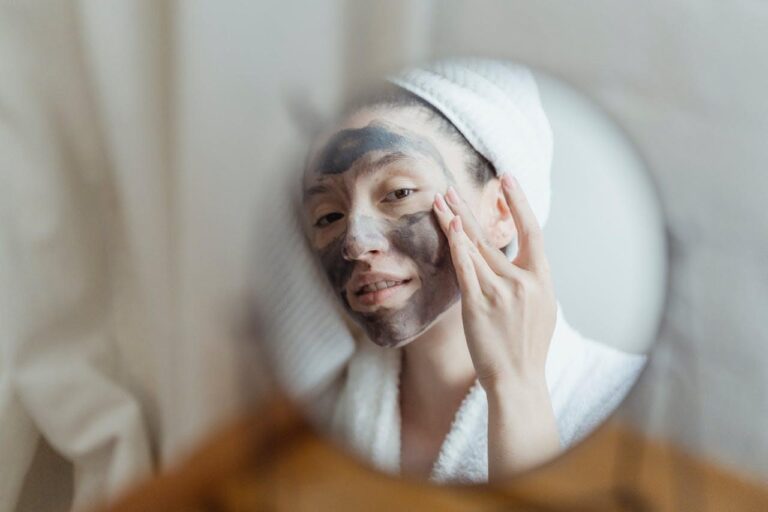
Urinary incontinence is the loss of bladder control, leading to leakage of urine. It is a common problem that affects both men and women. In a study summarising the data from surveys between 2001 and 2008, it was found that the age-standardised prevalence of urinary incontinence in women was 51.1%, while in men it was 13.9%. It is clear from this data that the condition is fairly common in both men and women, and is nothing to be ashamed about.
There are many potential reasons for the onset of urinary incontinence, and the probability of developing it increases with age. If you suffer from unintentional urine leakage, we highly recommend you consult some of the Best Urologist in Karachi, or look for one that’s more accessible, in order to get a proper diagnosis.
There are also different kinds of urinary incontinence:
Urge incontinence is the most common form of the condition, and is characterised by an immediate and strong urge to urinate, followed by leakage.
Stress incontinence is the condition of urine leakage when pressure is placed on the bladder through actions like coughing, sneezing or exercising.
Overflow incontinence results from the incomplete emptying of the bladder.
Table of Contents
Causes
When it comes to urge incontinence, a few neurological conditions have been linked to its onset. These include multiple sclerosis, strokes, and Parkinson’s disease. It can also be brought on by irritation of the urethra due to an enlarged prostate causing the bladder to drop. An inflammation of the bladder may also be responsible for the condition.
Overflow incontinence can be caused by an enlarged prostate as well. In addition to this, obstructions to the bladder like a tumour, constipation or urinary/kidney stones can also bring it on.
Stress incontinence can be a result of child-birth or pregnancy, and menopause, in women. This is usually linked to the weakening of muscles. Removal of the uterus in a surgical procedure may also cause the condition. Obesity is another cause, as it weakens surrounding musculature due to the increased pressure.
These types of incontinence may not be exclusive, and they can also be the result of other conditions that aren’t listed here. In general, pressure placed on the surrounding muscle of the bladder is likely to cause incontinence.
Treatment, Or How To Control It
There isn’t always an easy fix for conditions such as urinary incontinence, but there are definitely ways you can mitigate how severe it is, and its effect on your life.
Exercise
There are different exercises you can do to increase the strength of your pelvic floor (which are the muscles that control urination. These usually entail tightening the muscles normally used to stop urinating, relaxing after a certain amount of time, and repeating with an increasing flex period.

Medication
For men with urge or overflow incontinence, alpha blockers, such as doxazosin, are great for relaxing bladder muscles.
Topical estrogen for women is great for increasing vaginal muscle strength and maintaining the pelvic floor.
Anticholinergics are great for reducing the activity of the bladder in both men and women.
Diet And Behaviour
Ensuring your bladder doesn’t suffer under intense pressure can greatly reduce incontinence. This means that a balanced, high fiber diet and healthy weight are key.
Modifying your behaviour in regards to how long you attempt to urinate, and when you urinate, can be very important in reducing the effect the condition has.
We recommend you discuss a plan and schedule with a Urologist in Karachi, or one that’s more convenient for you, so that you can personalise your treatment.


:max_bytes(150000):strip_icc()/hypersexuality-f7219c0faf93488b82402d4f9d20e454.jpg)


